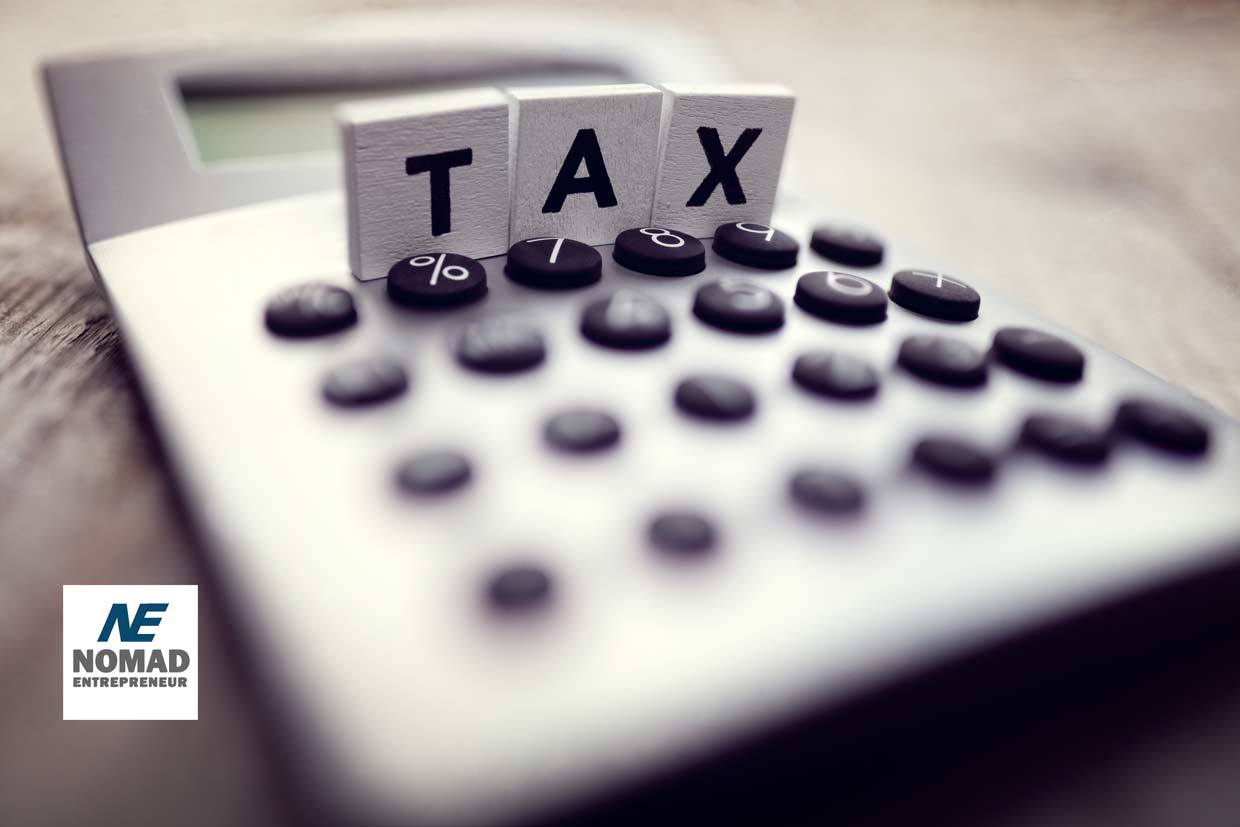So you have a great business idea but you’re not sure if it will work? Don’t worry, you’re not alone. Many entrepreneurs find themselves in this situation. The good news is that there are several ways to validate a business idea – and the fastest way is to use validated learning. In this blog post, we will discuss what validation is and how to use it to determine if your business idea is worth pursuing. We will also outline the steps you need to take to validate your product or service ideas. So let’s get started!
What does it mean to validate a business idea?
Validation is the process of determining whether a proposed business idea is worth pursuing. This involves assessing whether there is a market for the product or service and whether the proposed business model is feasible.
Validation is important because it helps entrepreneurs to focus their efforts on ideas that have a higher chance of success.
There are several ways to validate a business idea, but the fastest way is to use validated learning. This involves developing a prototype of the product or service and testing it with potential customers.
The feedback from these tests can then be used to refine the product or service before launching it to the market.
How would you go about validating your business idea?
The first step is to develop a prototype of the product or service. This can be a mock-up, a working model, or even just a detailed description of how the product or service will work.
Once you have developed your prototype, the next step is to test it with potential customers.
It is important to get feedback from as many people as possible so that you can refine your product or service before launching it to the market.
Before you set up a new business, it is essential to consider the demands the business will place on your lifestyle and if those comport with the type of life you want to build for yourself in the long-term. Factors you might want to take into account include wealth goals, family commitments, hobbies, lifestyle choices, your age and your stress tolerance. If you haven’t already done so, you should review our article on different types of startups to better understand investment needs, risk profiles, lifestyle implications, and upside potential before you decide which type best matches with your business idea, your personality, and your lifestyle desires.
Researching and Validating Your Startup Idea
Step 1: Conduct a market research
Market research is a process of gathering information about the target market. This includes information about their needs, wants, and buying habits.
Market research is important for businesses because it helps them to understand their target market and develop products or services that meet their needs.
How to conduct market research?
When conducting market research, it is important to collect as much information as possible so that you can make informed decisions about your product or service.
The four stages of a successful market research
- Define the problem or research objective
One of the most common mistakes made when conducting market research is not defining the problem or research objective clearly. This can lead to collecting data that is not relevant to the business and making decisions based on inaccurate information.
- Developing Marketing Research Plan.
This involves deciding which methods you will use to collect data and what type of data you need. It is important to be as specific as possible so that you can collect relevant information.
- Collect Needed Information.
This can be done through surveys, interviews, focus groups, or other methods depending on your research objectives. It is important to speak with as many people as possible so that you can get a well-rounded view of the market.
- Analyzing data and drawing conclusions
This involves reviewing all of the data that you have collected and determining what it means for your business idea. Based on your findings, you can decide whether or not to pursue your business idea.
What are the types of data that can be collected through market research?
There are two types of data that can be collected through market research: primary and secondary.
Primary data is information that is collected firsthand through surveys, interviews, or focus groups. This type of data is more accurate and relevant to your business than secondary data.
Secondary data is information that has already been collected by other sources such as the government or industry reports. This type of data can be useful for getting an overview of the market but should not be used to make decisions about your product or service.
How to use data to determine if there is a market for your product or service?
Once you have collected data from your market research, you need to determine if there is a market for your product or service. This can be done by looking at the size of the potential market, the needs of the target market, and the buying habits of the target market.
If you find that there is a large enough market for your product or service and that there is a need for it in the target market, then you can proceed with developing your business idea.
Step 2: Assess the feasibility of your business model
After you have determined that there is a market for your product or service, you need to assess the feasibility of your business model. This can be done by looking at the cost of production, the price of the product or service, and the potential demand for the product or service.
Step 3: Conduct a competition analysis
It is important to know who your competition is and what they are offering before you launch a new business. This can be done by conducting a competition analysis. This involves research into the products or services that your competitors offer, their pricing, and their marketing strategies.
Once you have conducted a competition analysis, you can use this information to develop a unique selling proposition for your product or service. This will help you to stand out from your competitors and attract customers to your business.
Step 4: Make a financial forecast
Estimate how much money you will need to start and sustain your business, and how much revenue you expect to generate. This will help you to determine if your business is viable and how much risk you are taking on.
If you find that your business is not viable or that the risk is too high, then you should reconsider your business idea.
What are the benefits of validating a business idea?
There are many benefits to validating a business idea before starting a new business. Some of these benefits include:
–Avoiding costly mistakes: Validating your business idea can help you to avoid making costly mistakes when starting a new business. This includes errors in judgement about the viability of the business, the potential demand for the product or service, and the competition.
–Saving time: Validating your business idea can save you a lot of time in the long run. This is because it can help you to avoid wasting time on a business that is not viable or that does not have a large enough market.
–Increasing chances of success: Validating your business idea can increase your chances of success when starting a new business. This is because it helps you to make sure that there is a market for your product or service and that your business model is feasible.
Conclusion
Validating your business idea is an important step in the process of starting a new business. It helps you to determine if there is a market for your product or service and if your business model is feasible. By conducting market research, assessing the feasibility of your business model, and conducting a competition analysis, you can make sure that your new business has the best chance for success.
How do I know if my business idea is good?
There are several ways to determine if your business idea is good. The first step is to conduct market research and assess the feasibility of your business model. This can be done by collecting data from potential customers and competitors, and by making a financial forecast.
How to use Google to validate a business idea?
One way to use Google to validate a business idea is to conduct market research. You can use Google Trends to assess the potential demand for your product or service, and you can use Google Ads to estimate the cost of advertising your product or service. Additionally, you can use Google Search Console to track how often your website appears in search results.












